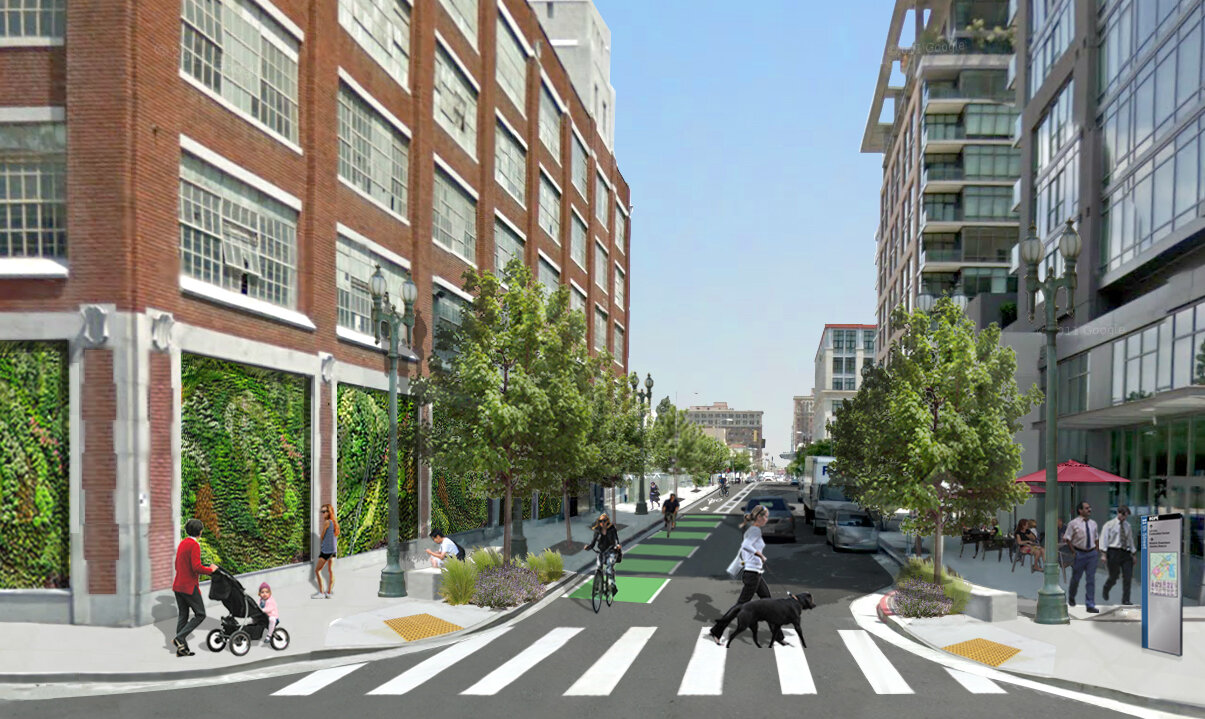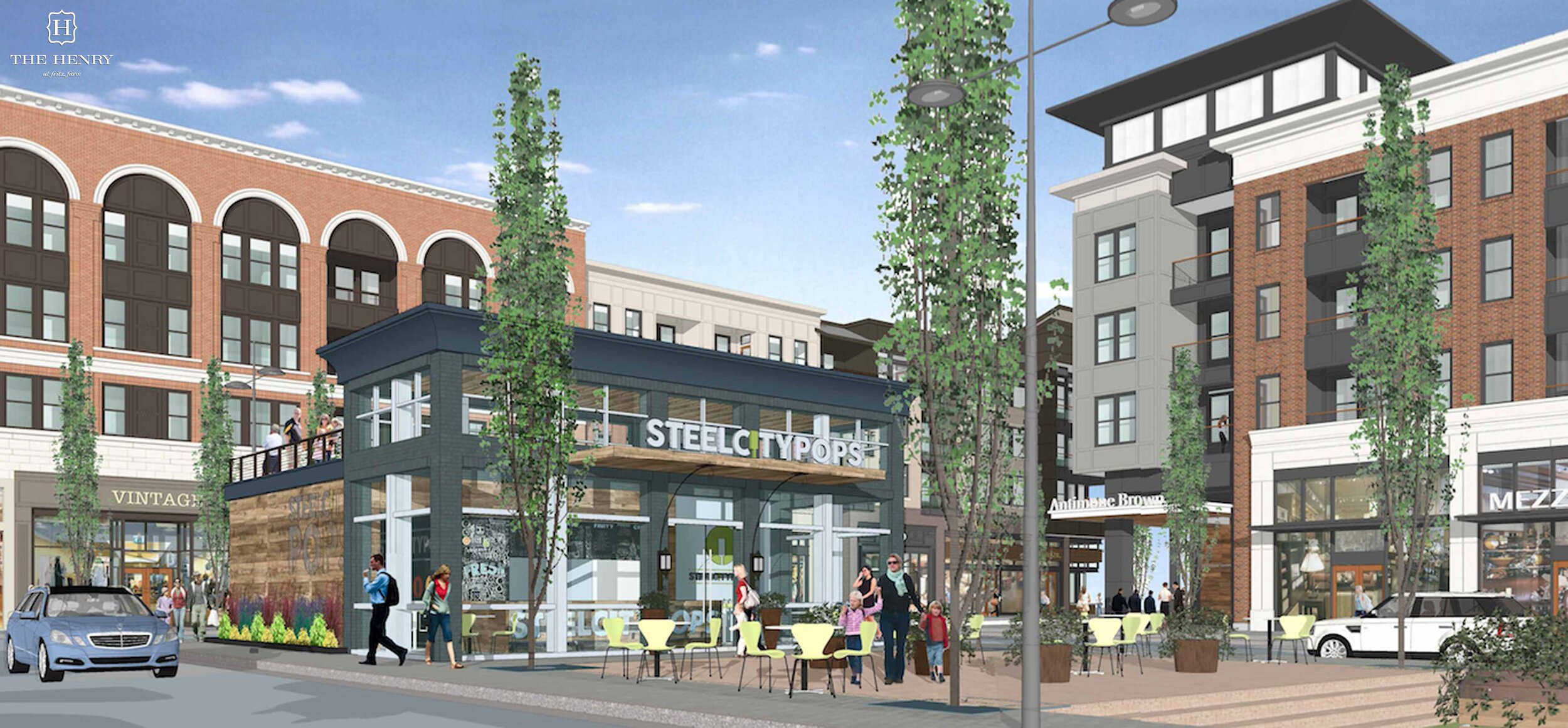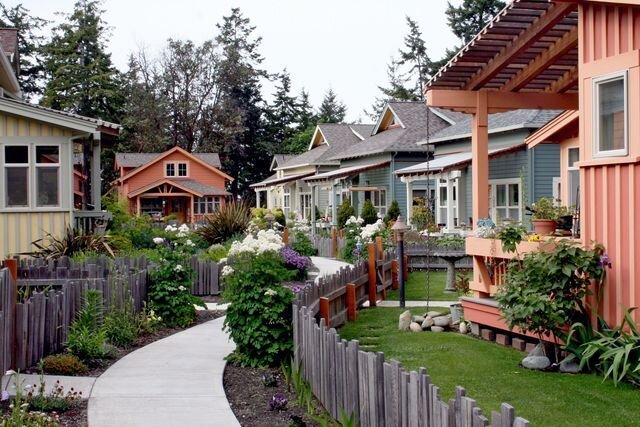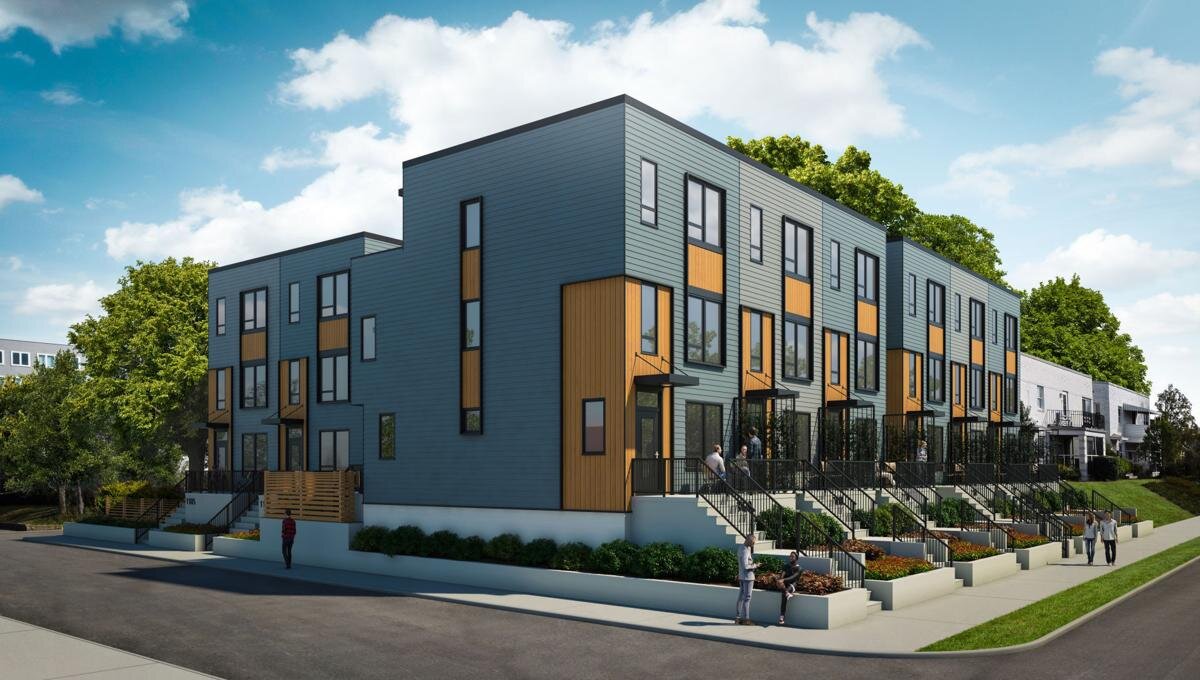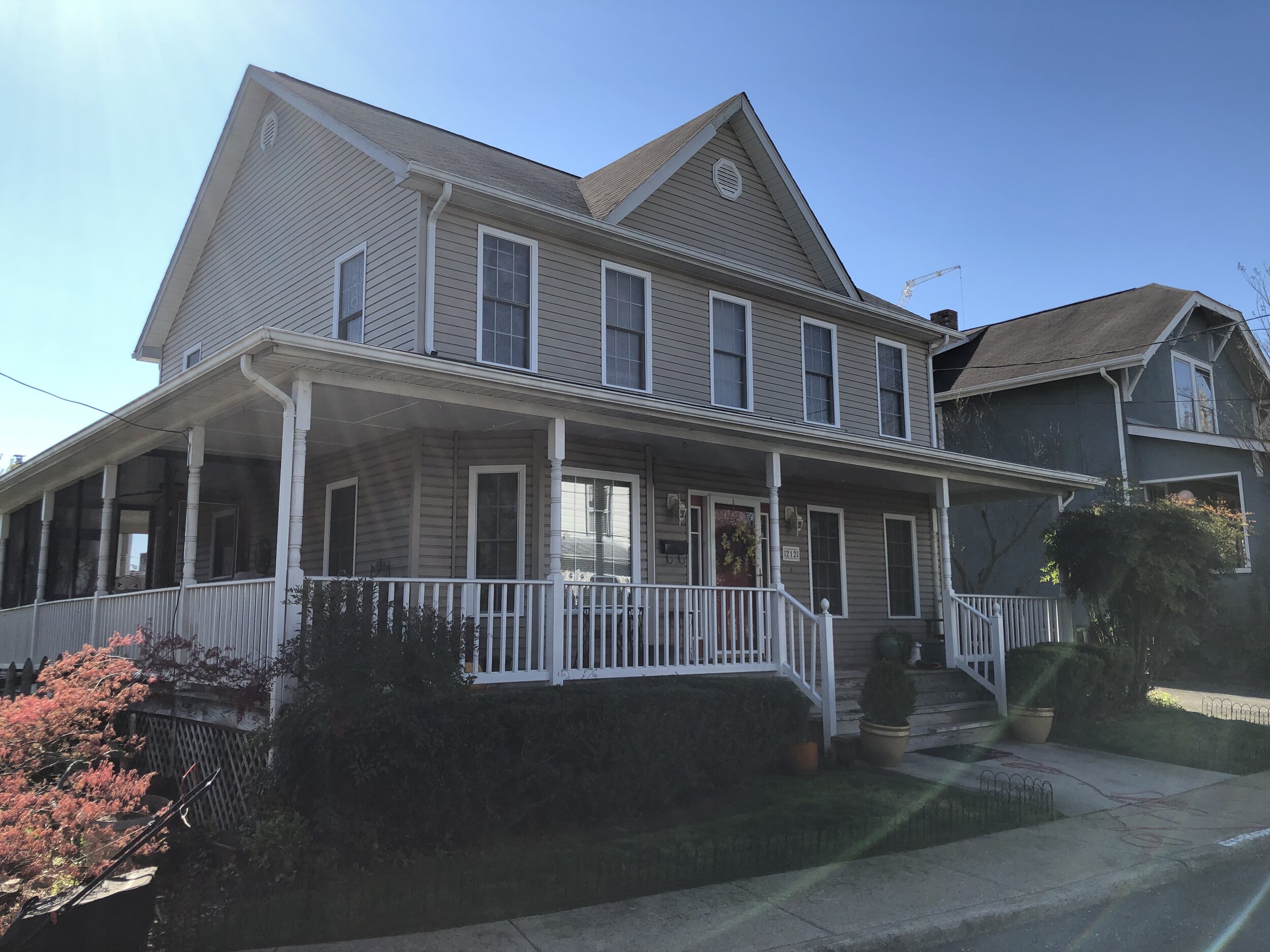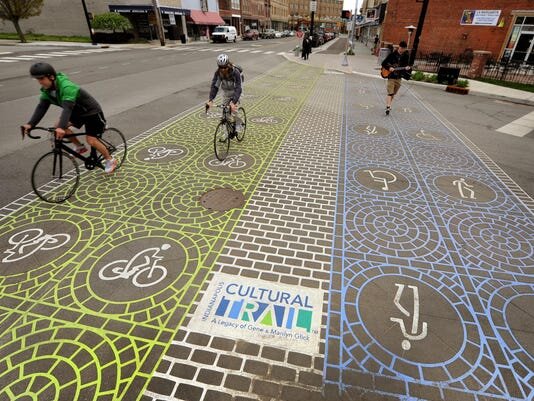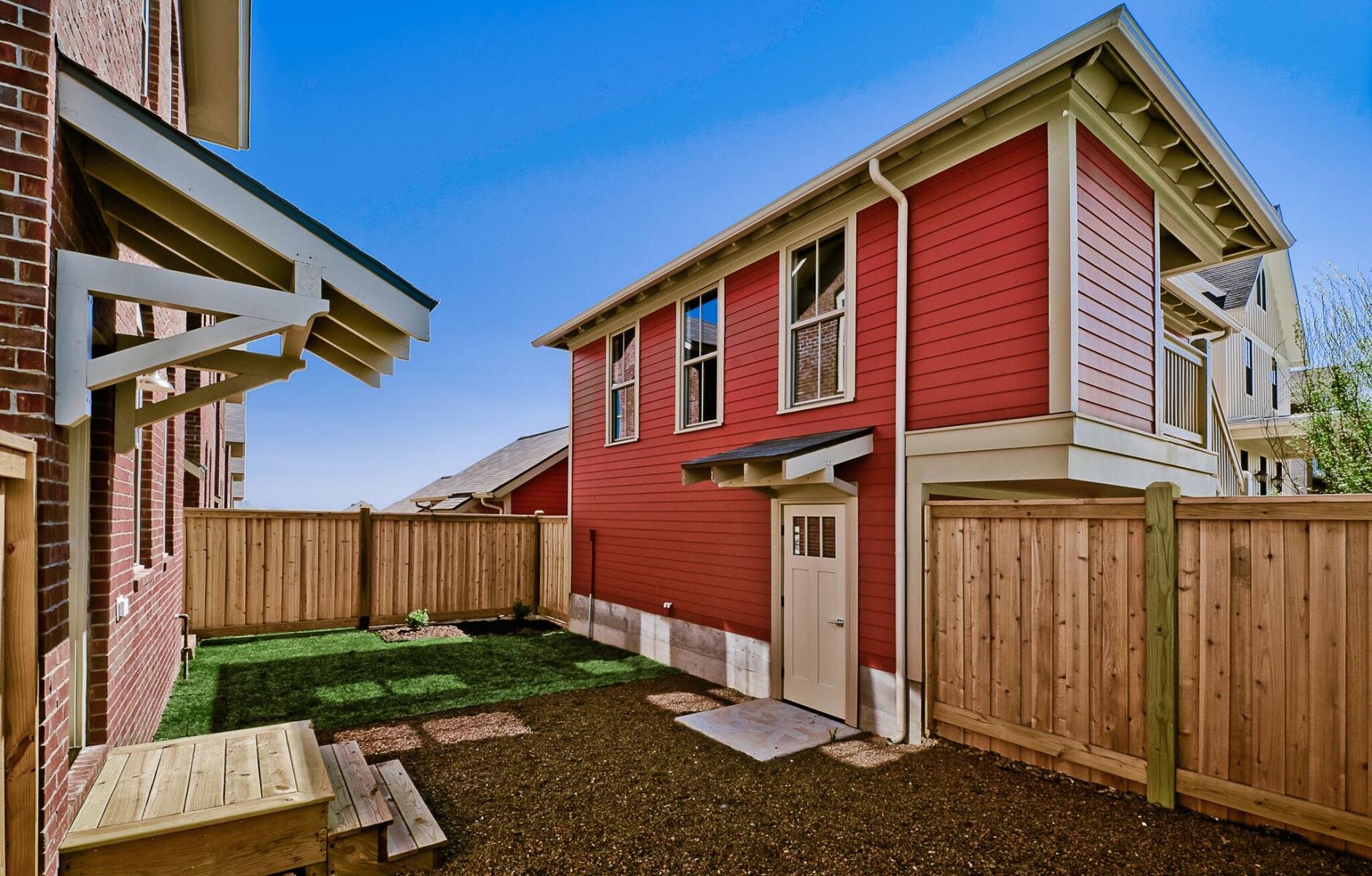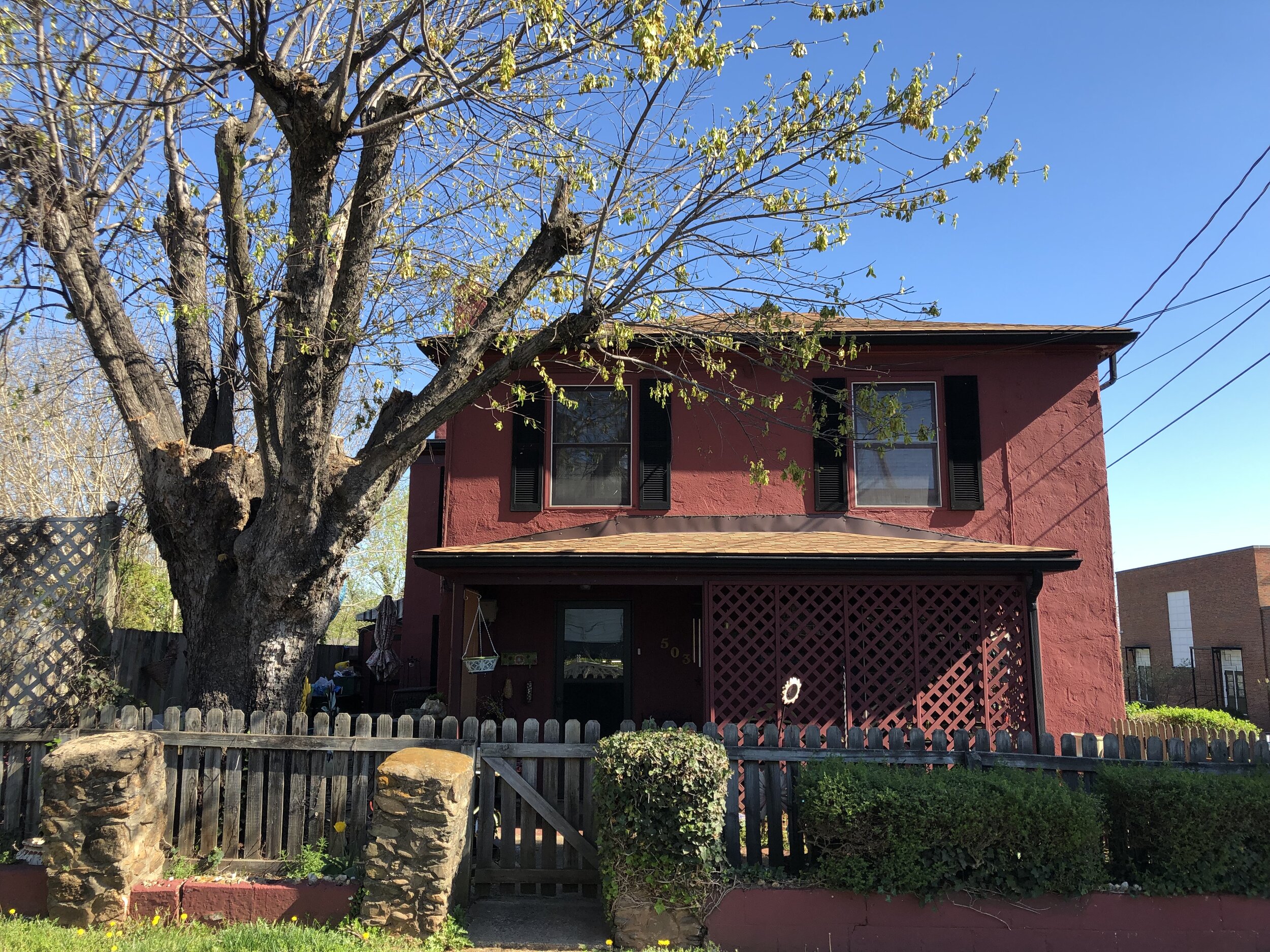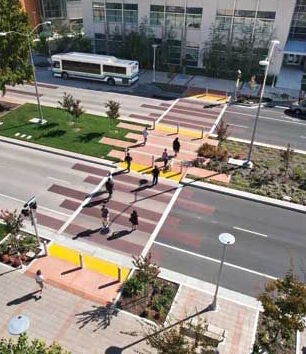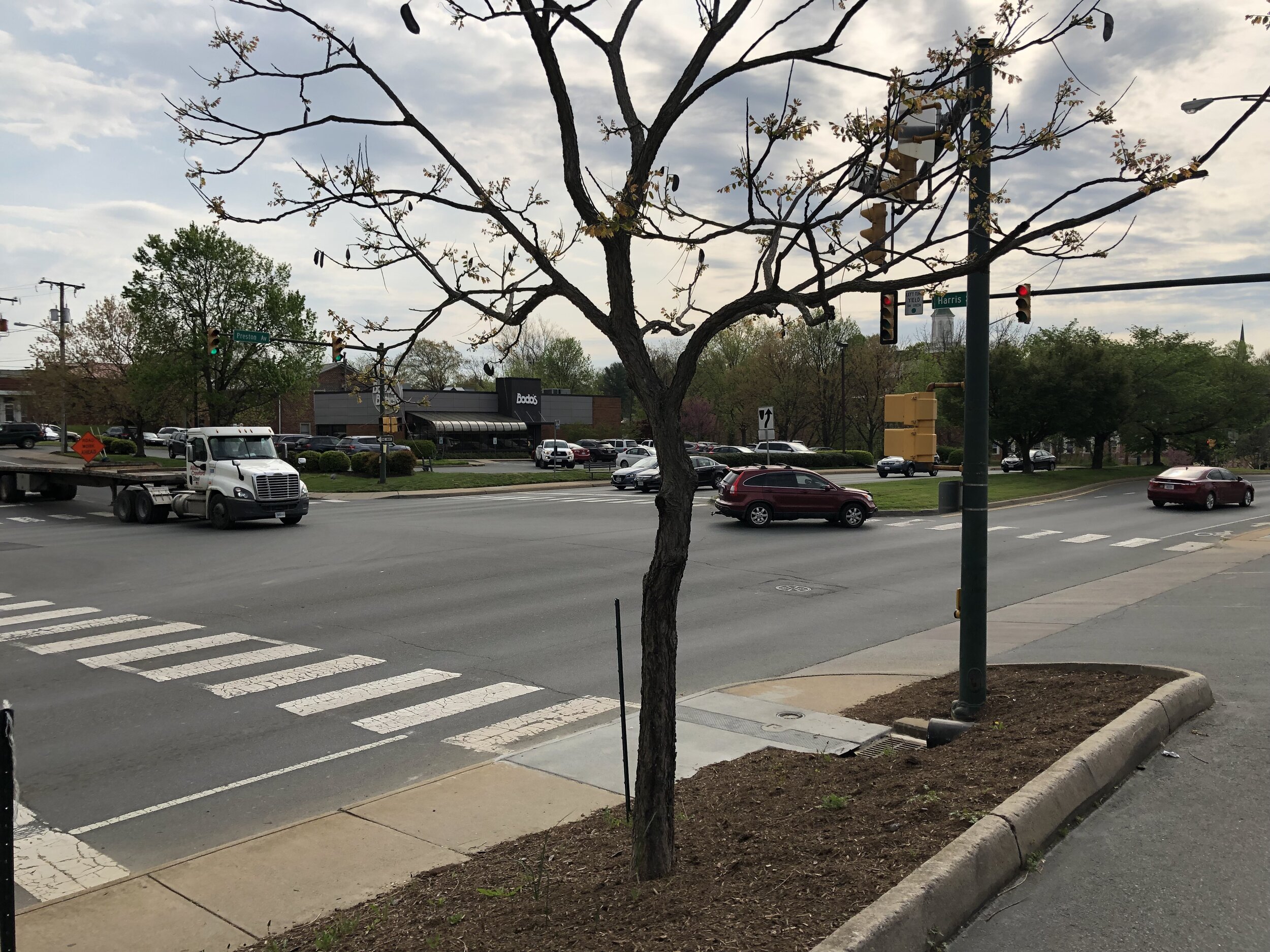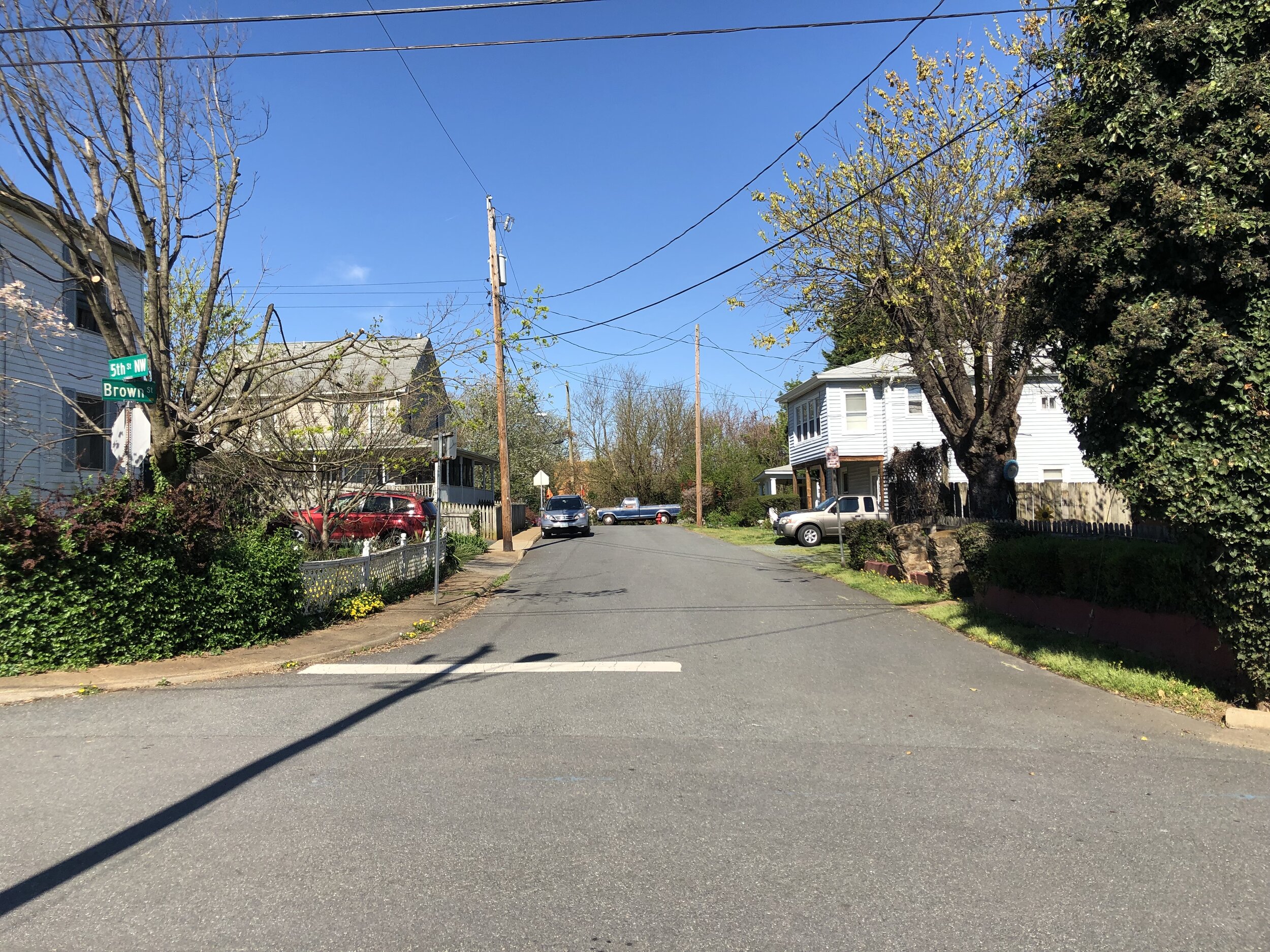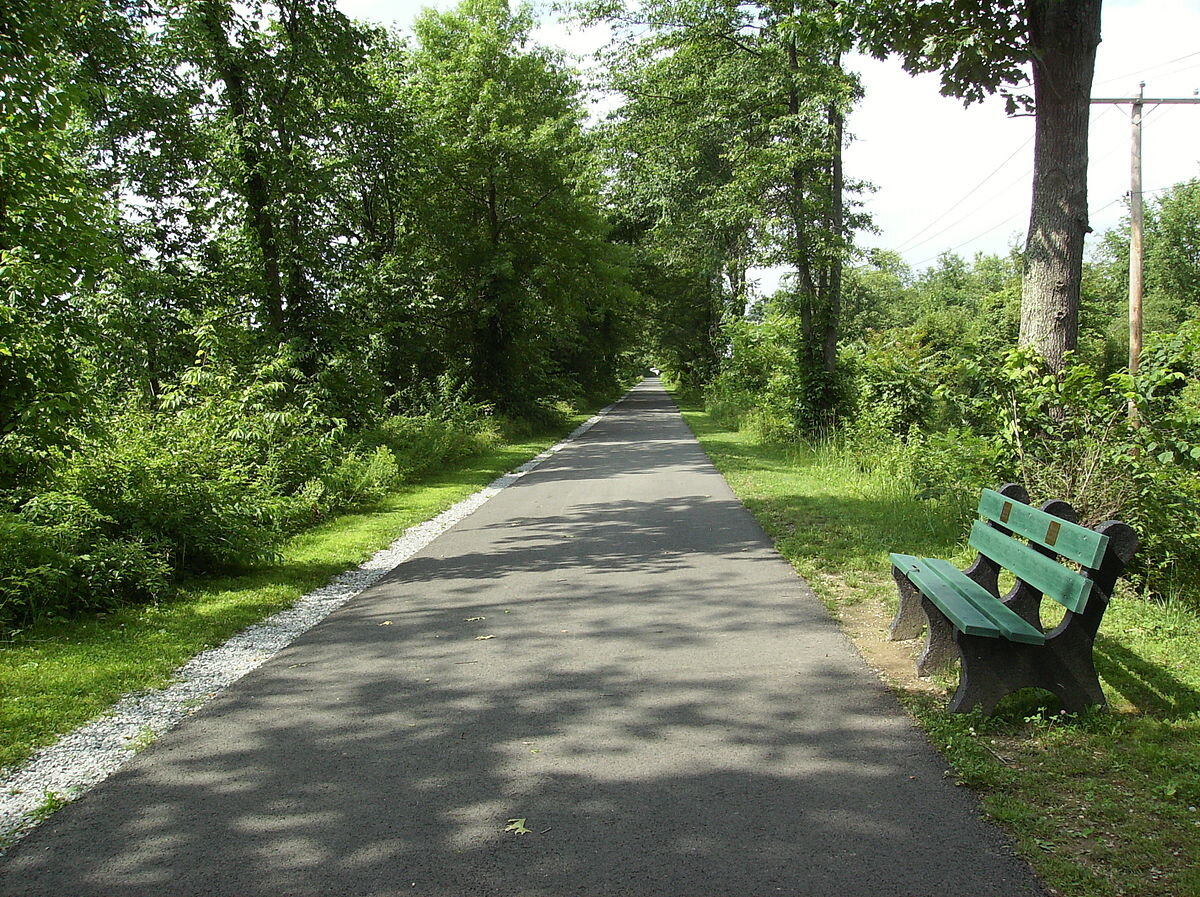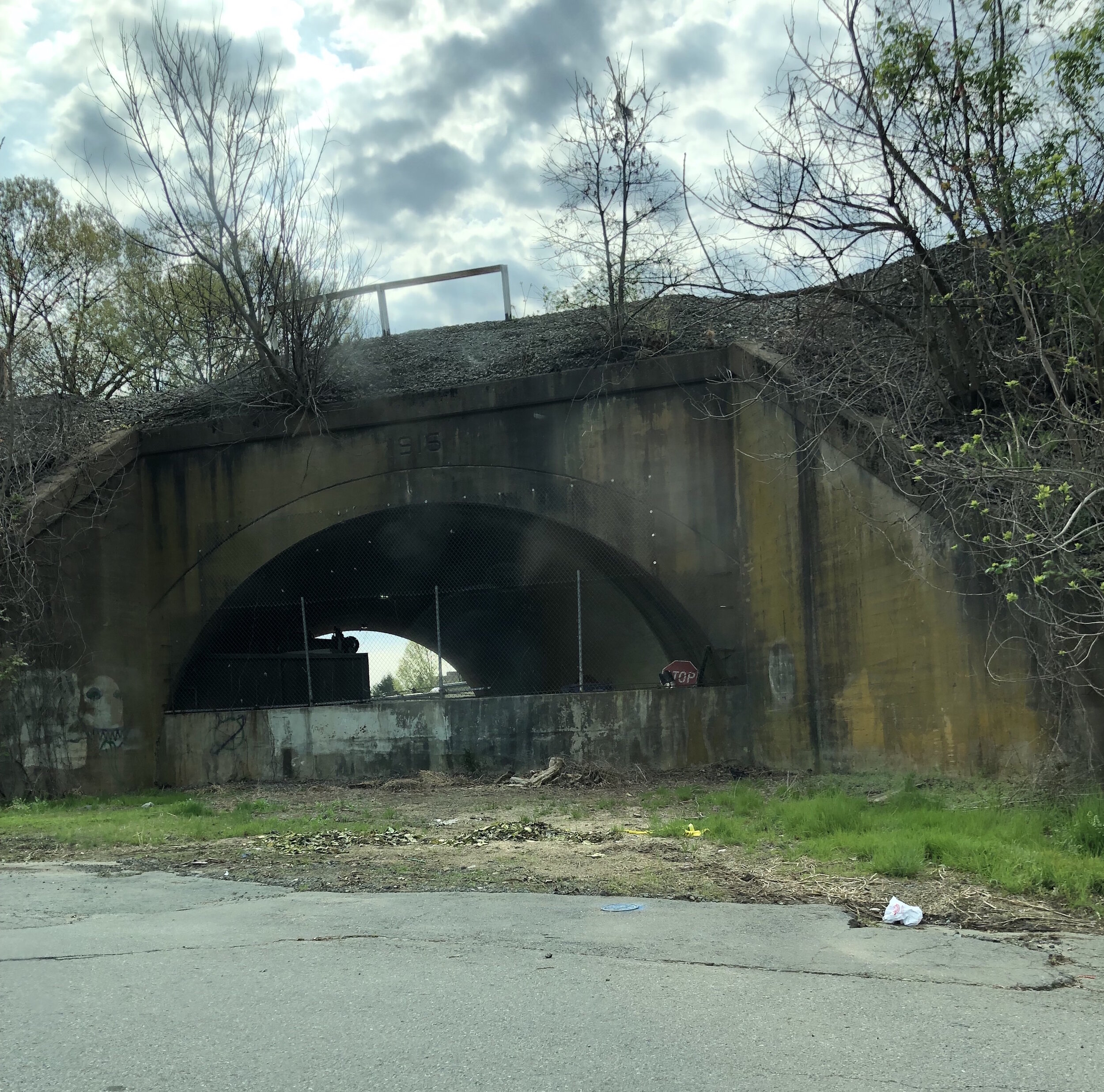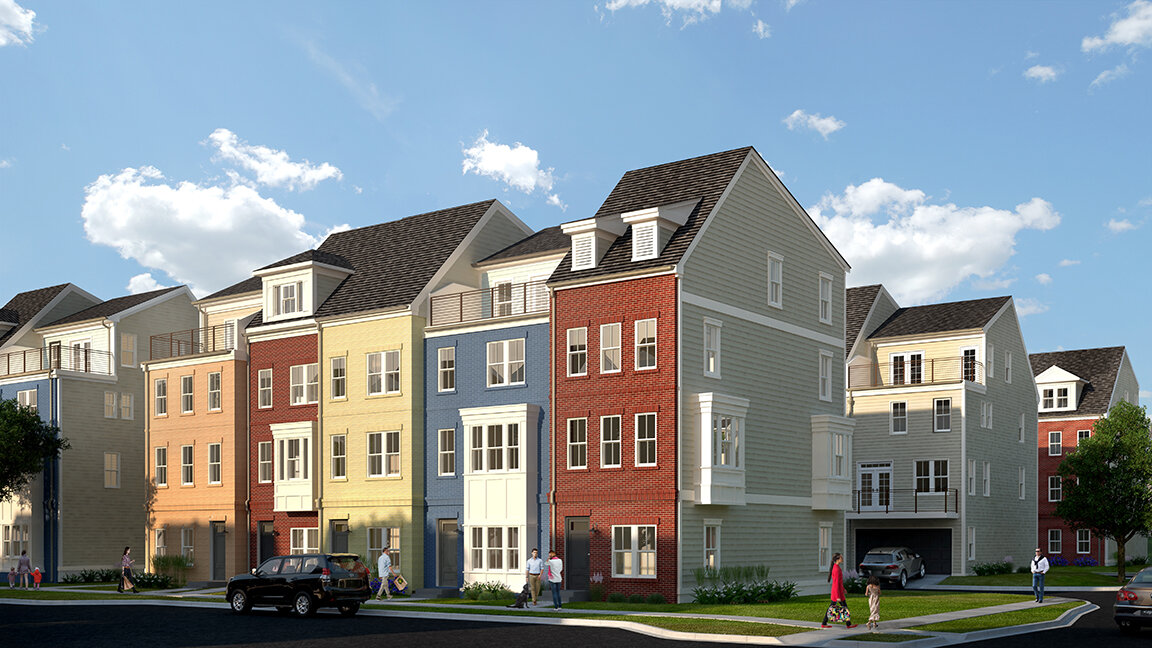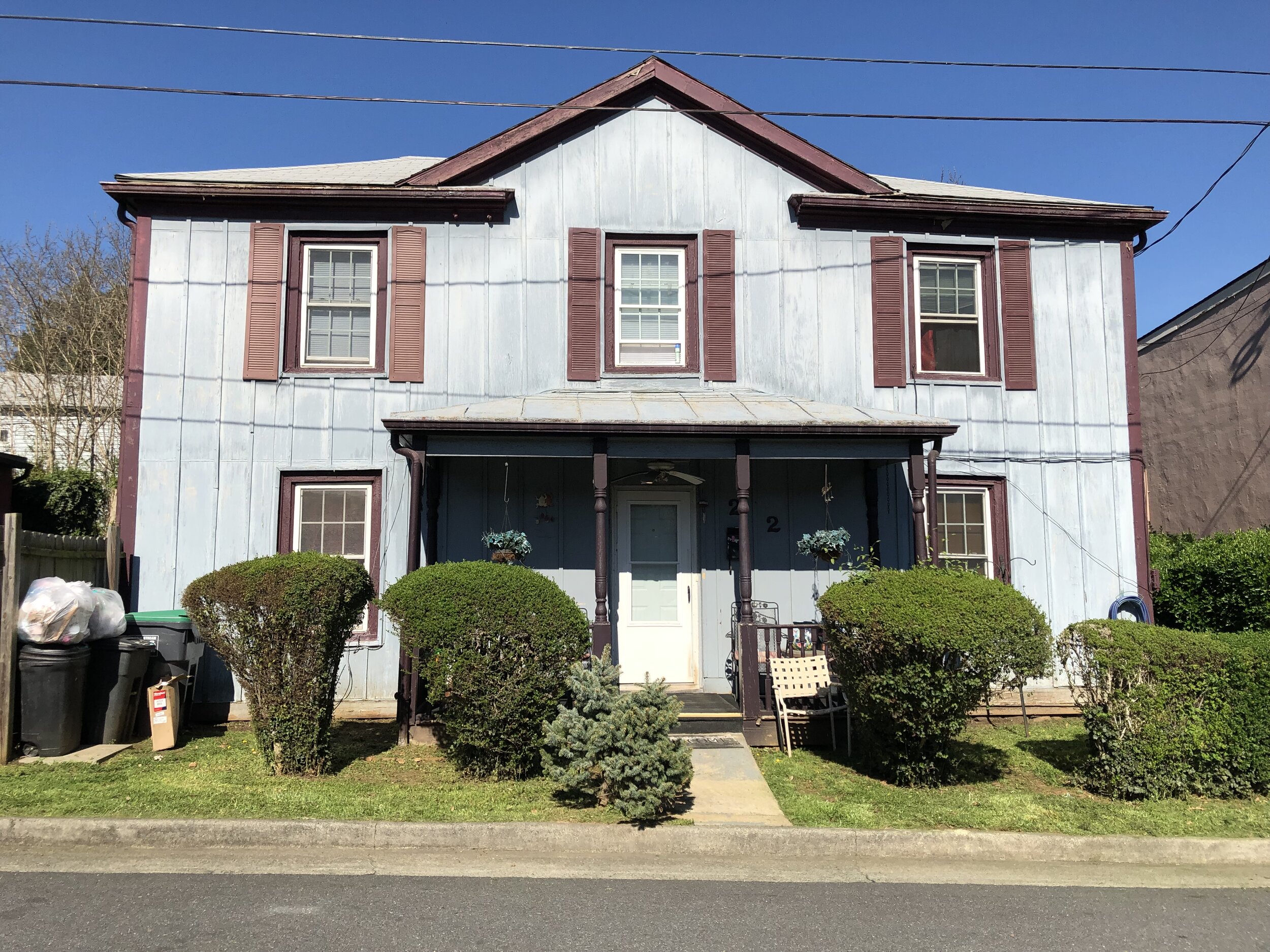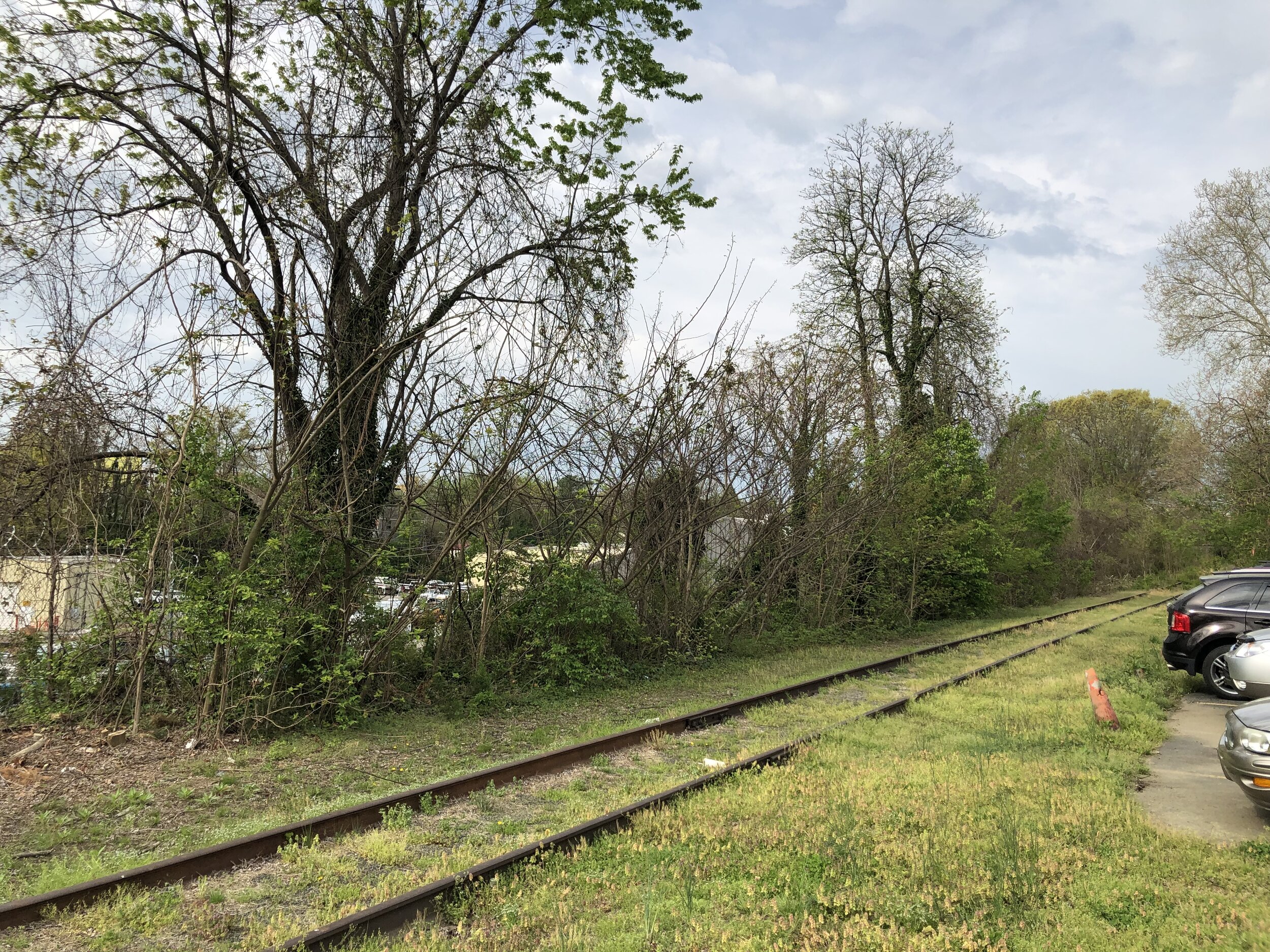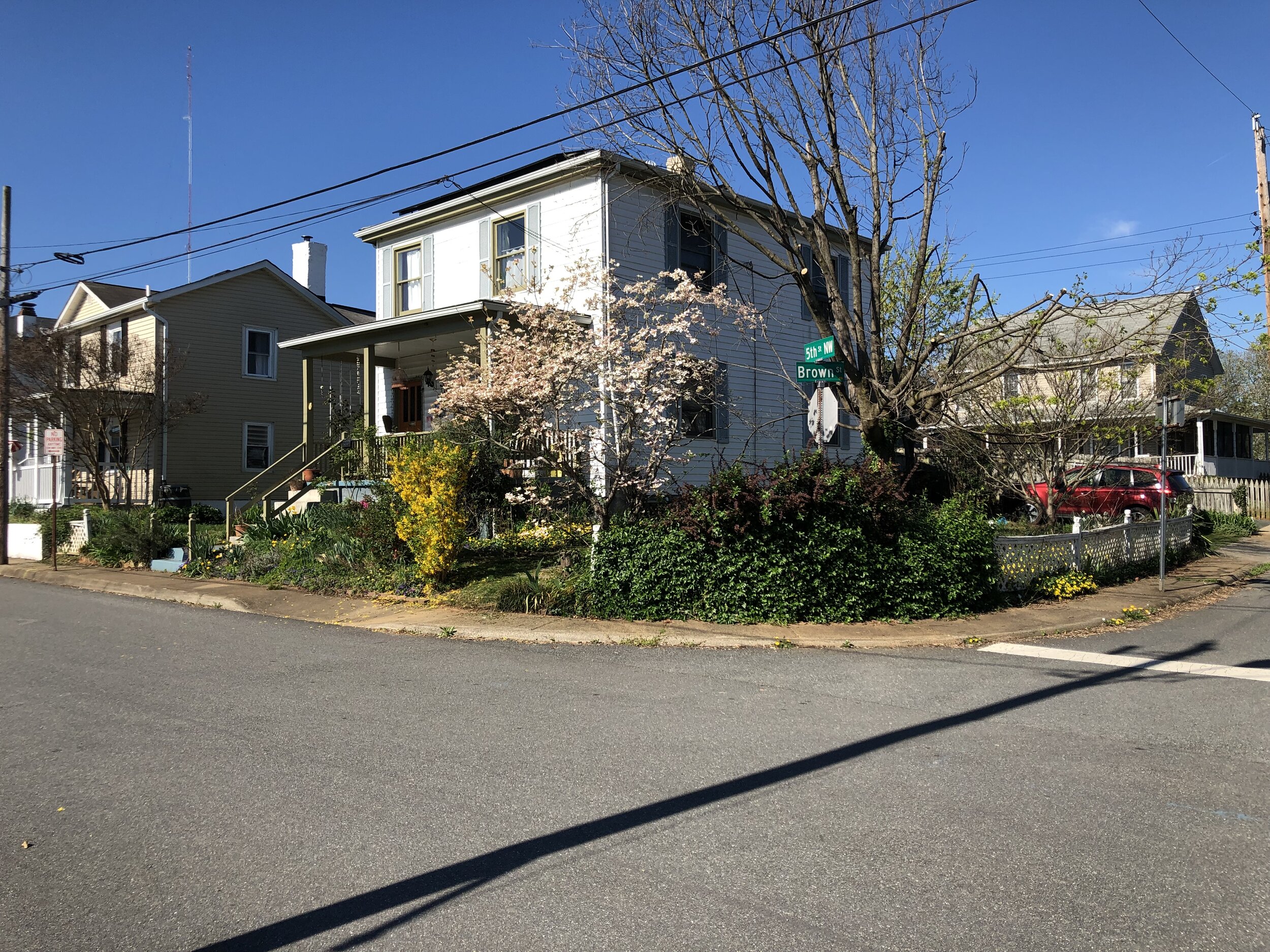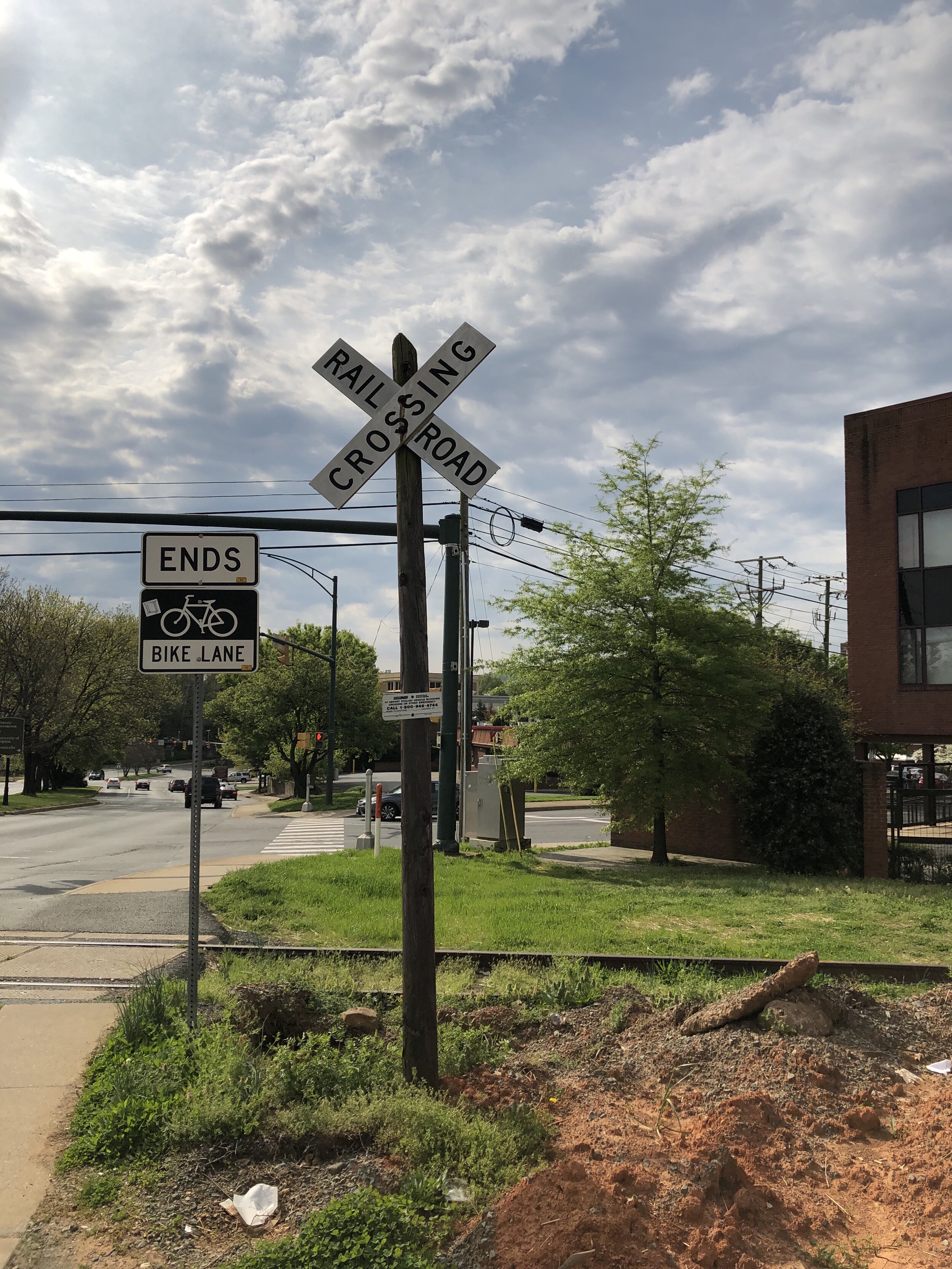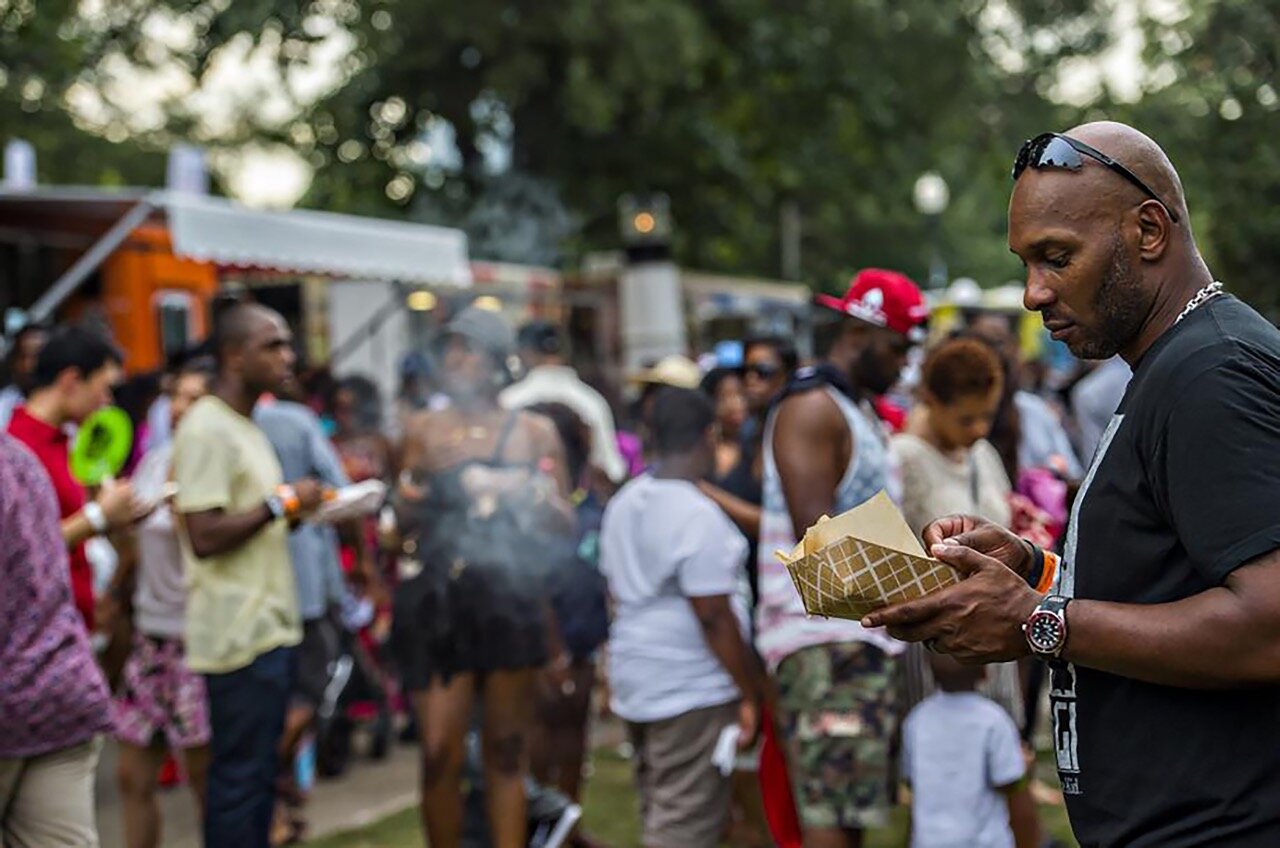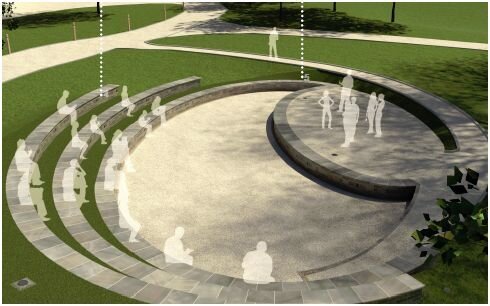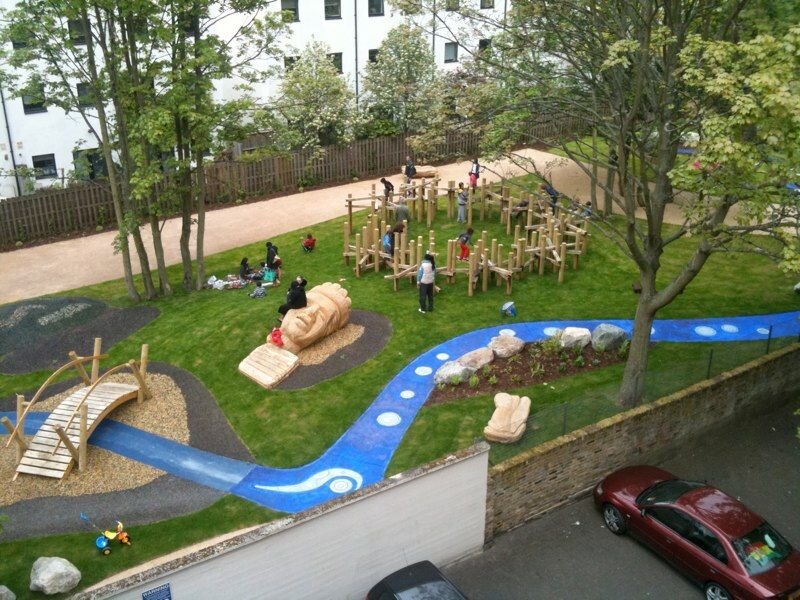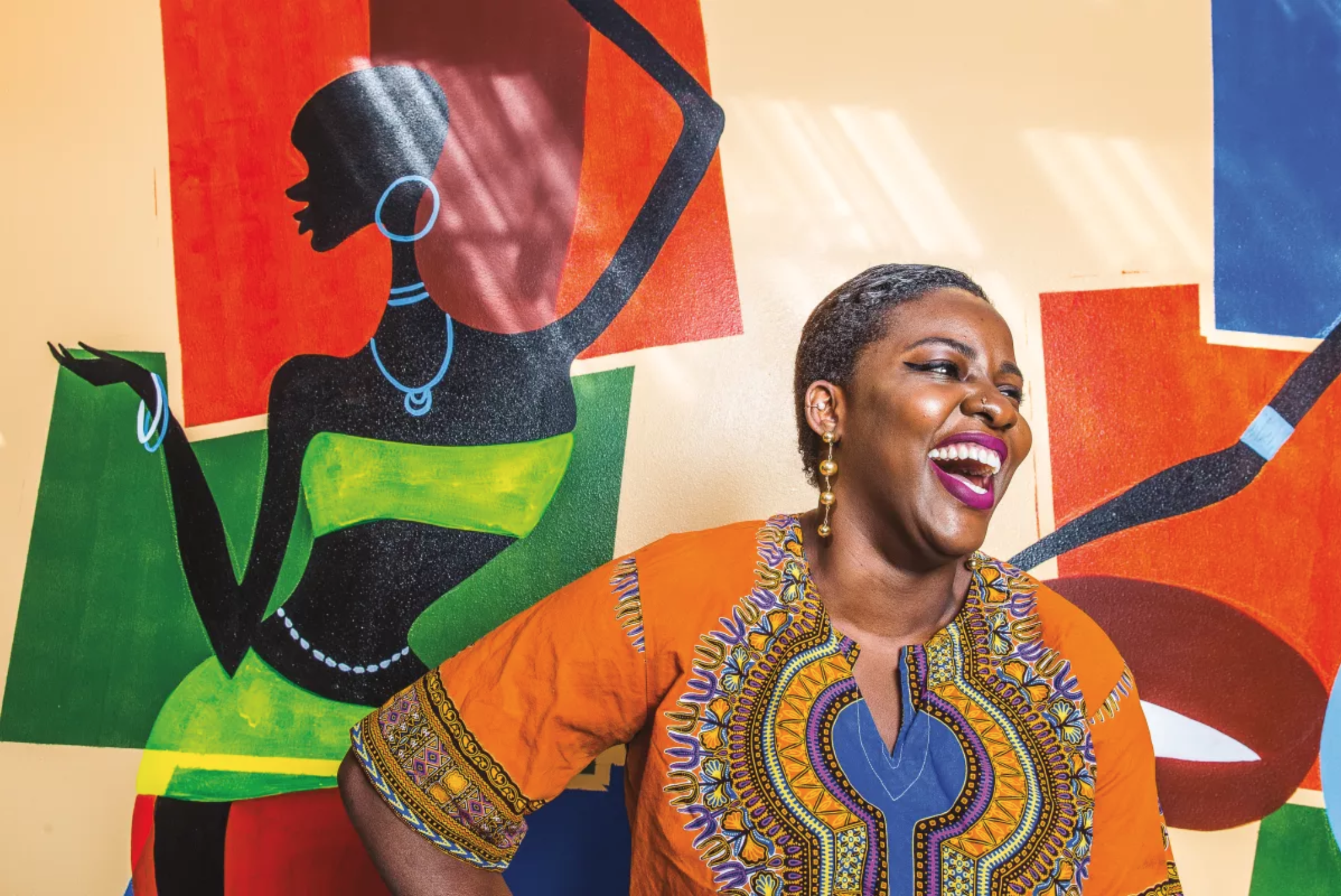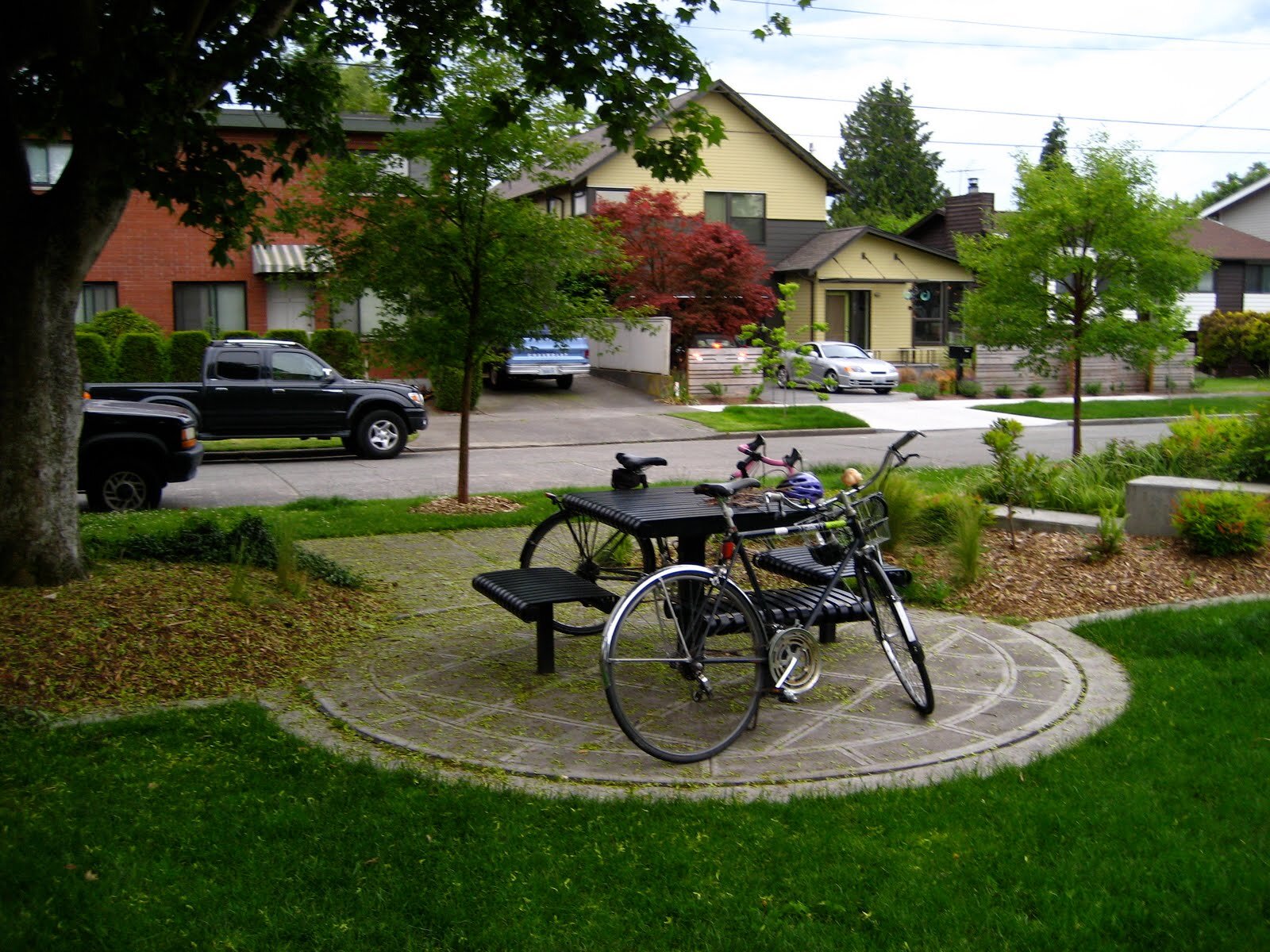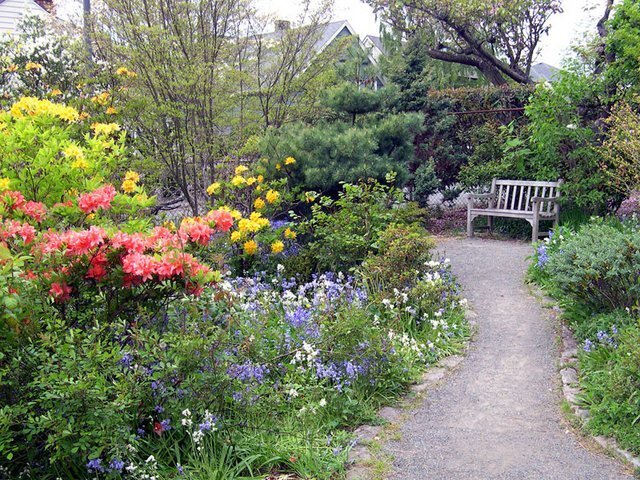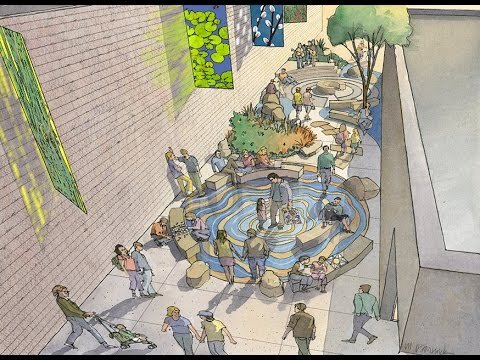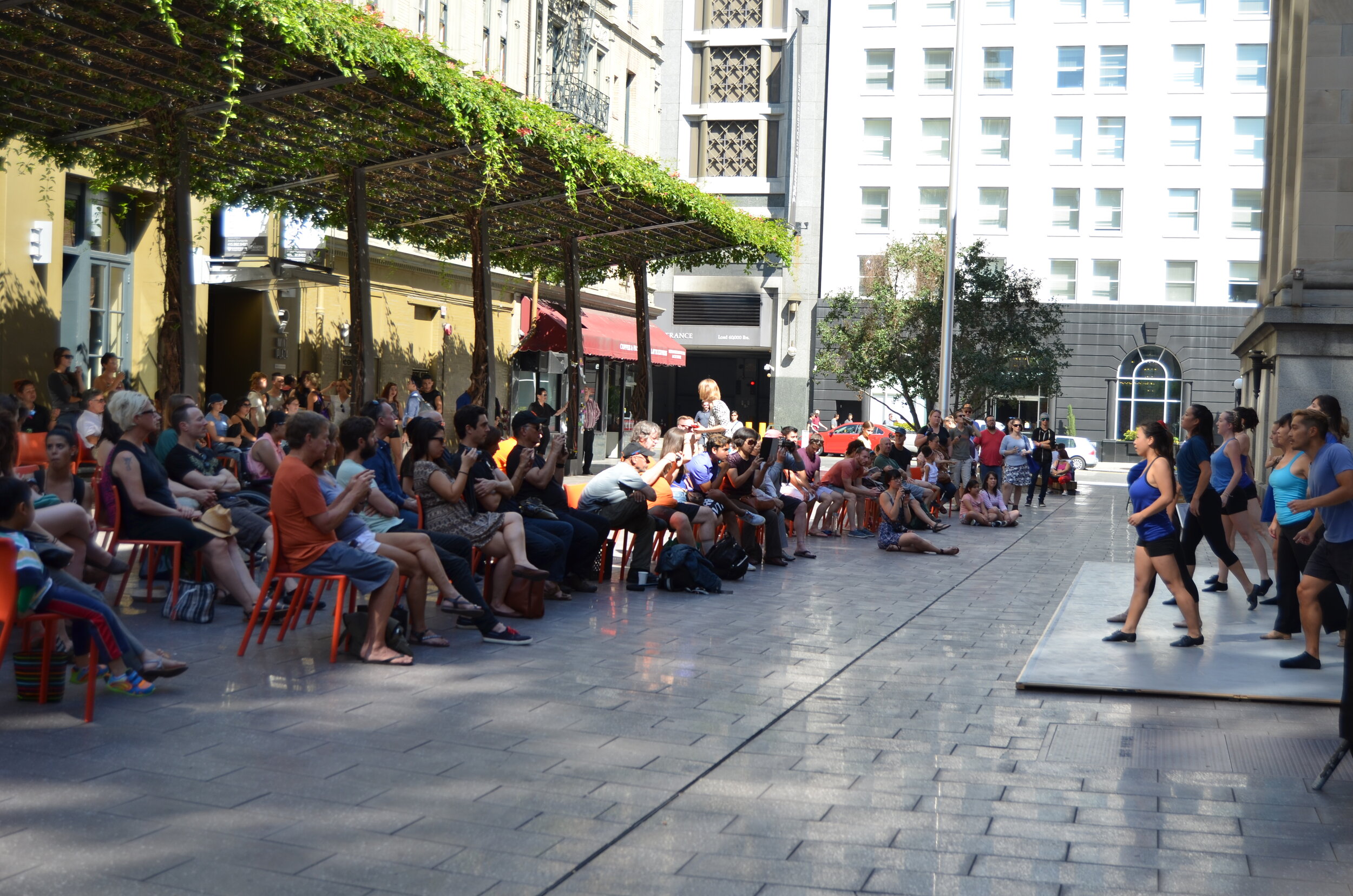a more equitable community
Reimagine Starr Hill
centering community engagement
A key aspect of the Starr Hill Vision Plan was ensuring that the voices of residents and members of Charlottesville’s Black business community were central to the process. The engagement process was central to clarifying the needs of the community, strategizing for the future of the community, and envisioning equity within the community.
More than 200 area residents, merchants, service providers, and Black business community members were directly engaged in the process. This included door-to-door interviews and surveys and the facilitation of group discussions among key community stakeholders. Focused conversations were also held with key members of the African-American business community, local community and nonprofit organizations, City and County departments, local housing leaders, area developers, workforce development programs, and major employers in the area.
Economics and Entrepreneurship
We are dedicated to enabling the growth and development of Black small business in the community. One of the main opportunities that arose from the Starr Hill Vision Plan is to grow the Black-owned business presence in Charlottesville. We know that small businesses are the backbone of a community. They fuel the local economy by creating opportunities for owners and jobs for locals. For these reasons, we are exploring ways to develop a small business incubation center and/or accelerator program that will include a combination of flexible co-working space, along with business support services and mentorship for local entrepreneurs. The goal of this process is to support Black entrepreneurs in scaling their business so they can reach their business potential.
To be successful, entrepreneurs need access to an array of financial services. Another aspect of entrepreneurship we seek to address in the community is to expand the menu of financial products—both debt and equity—to bridge the divide between existing microloans and traditional bank products. Expanding access will facilitate greater small business growth.
Housing and Connectivity
The plan highlights the need for a tangible space for business that is close to housing. The insights also indicate that mixed-use development would serve the needs of Starr Hill, adjacent neighborhoods, and the broader community. A mixed-use development would focus on transforming City Yard to create a live/work development to design a more equitable, connected community.
The plan also supports new residential development to encompass an array of affordably priced ownership and rental options—from single-family townhomes to apartments. The addition of new homes along Brown Street will complement the existing residential core of Starr Hill, while a mixed-use development on City Yard will provide affordable options for several hundred residents.
In addition to increasing the spectrum of housing options, it is important to preserve the integrity of Starr Hill’s established residential community. This will involve supporting existing programs for home ownership protection.
“It is important to empower the people who live in this community.”
Placemaking, Culture and Legacy
Placemaking refers to a collaborative process of strengthening the connection between people and places. Placemaking promotes the creative use of urban design to enhance physical, cultural, and social identities that define a place and support its progress. Placemaking makes use of existing community assets and harnesses the community’s potential to create quality public spaces that contribute to people’s health, happiness, and well-being.
With that framework in mind, there are several elements from the Starr Hill Vision Plan that encompass placemaking. Firstly, the concept of amplifying Jefferson School as a center of African American public life came forth from the engagement process. The Jefferson School has both a historic and a visually strong presence near the edge of Starr Hill. Community members envision additional spaces designated to a mix of community based and impromptu events including educational and artistic programming. Extending its connections to key centers of activity in and around Starr Hill will solidify its importance as a gateway to the community, and as a vital space for African American public life in Charlottesville.
The need for more green space within the neighborhood was also highlighted. The community re-imagined Starr Hill Park to create spaces for engagement and serve as a place for informal, but meaningful connection between residents. Participants also envision a neighborhood map in the park to display relationships and connections to other neighborhood amenities.
In addition to programming and green space in the neighborhood, community members also reimagined Starr Hill streetscape as a way to tell their story with art. As a place already rich with history and culture, Starr Hill is well-positioned to tell the stories and history of Charlottesville’s African American community. Potential initiatives include enhancing streetscapes and building facades with murals and other art installations, both permanent or seasonal; utilizing the inside of Jefferson School as a canvas to tell the story of the school and the broader Black community, and identifying more areas throughout the community that are of cultural significance to enhance with art.
“People need to feel like they have a stake in where they live. I have to feel like that park is my park, the businesses are my businesses.”



